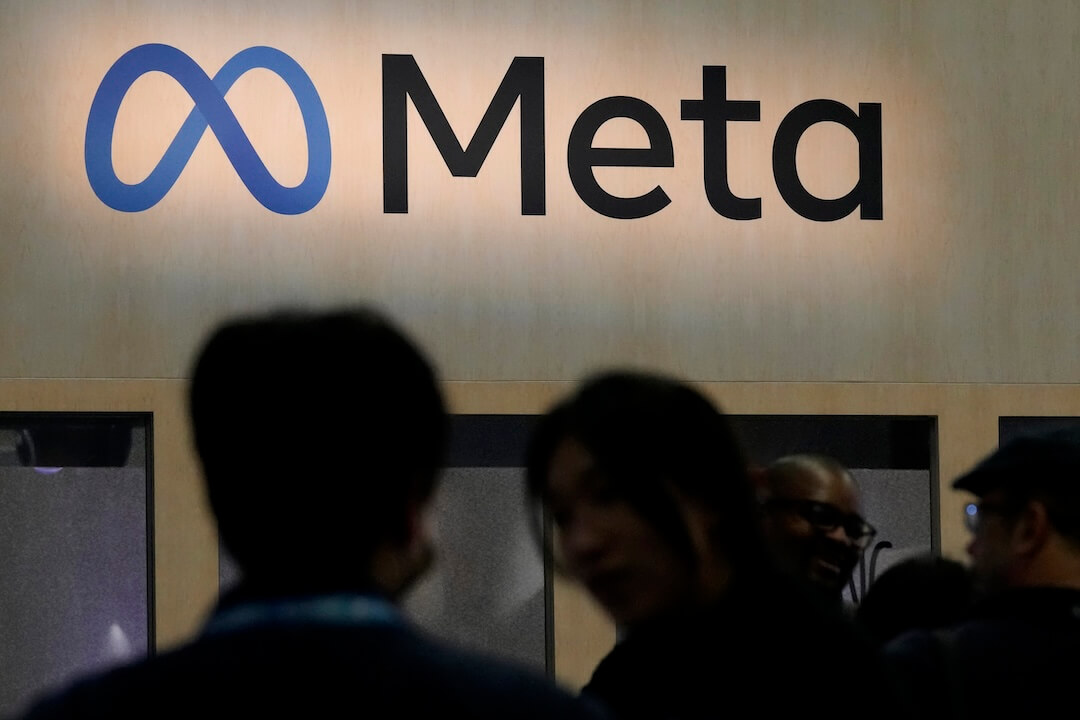Not long ago, my wife and I test-drove a Kia Soul (she bought a Toyota Rav4), but what struck us was the color of the Kia, a shade of green we had never seen on a car before. “It’s called Alien Green,” said the salesman, “one of our most popular colors.” Sure enough, we began to see this make and model in this color everywhere we traveled.
I use this analogy for language. I will hear a word, phrase, even a cliché, language I have not heard for a long time. Suddenly I begin to see or hear it everywhere. Recently, as part of the presidential race, it is the phrase “beyond the pale.” I heard it on Wednesday, used against Donald Trump after he suggested that the Russians should look for Hillary’s deleted email messages.
I heard suggestions that his words constituted a felony, even treason. Newt Gingrich called it “a joke.” More measured outrage called the words “over the top” or “out of bounds.” Those two phrases are close to the meaning of “beyond the pale.”
Republicans have used it too. When Ruth Bader Ginsburg went gonzo on Trump, House Speaker Paul Ryan huffed, “To have a Supreme Court justice make such comments is beyond the pale.”
I thought I recognized the phrase as a book or television program title, and, sure enough, I found comedian Jim Gaffigan’s 2006 standup special named, you guessed it, “Beyond the Pale.” I found several books with that title. I found a lipstick shade advertised as “Beyond Pale.”
So now I am talking to myself — out loud. “What the heck is ‘the Pale?’ Or is it ‘the Pail.’” Maybe you throw something at the bucket, but you miss, so it’s beyond the pail. Or maybe it’s “pale,” as in the great song by Procol Harum, “A Whiter Shade of Pale,” so that the thing you said or did was so outrageous it drained the blood from your face, leaving you not just pale, but beyond the pale.
These were a couple of wrong guesses by colleagues as to the origins of the phrase. Now I am all curious, so off I go on my word hunt. First stop? My favorite dictionaries, the American Heritage and the Oxford English.
A “pale” is an archaic word. A noun. It is a wooden stake used to build a fence to form an enclosure. It seems to survive only in our new favorite phrase, and in the verb ‘impale,’ as exemplified by that Dracula prototype Vlad the Impaler. If I understand it correctly, the stake is a pale, the fence is a pale, and the enclosure is a pale. Anything beyond it is out of bounds.
In the OED, I found analogues going back to the year 1400. Earlier versions are “to break the pale” or “to leap the pale.” Can we bring that one back? “Trump (or Ginsburg) really leaped the pale on that one.”
If many different users of the idiom are using it clearly, what’s the big deal? When it comes to building your language muscles, there is no such thing as too much knowledge.
Many idioms, especially clichés, are used incorrectly because of a lack of knowledge about their origins.
Take this quiz (I just gave it to my colleagues). Choose the correct idiom:
A. To toe the line
B. To tow the line
A. To soft pedal
B. To soft peddle
In both cases, the correct answer is A.
You don’t grab a big rope and pull it (tow the line). You are an old-time boxer. The surface of the ring is dirt. After each round, the ref tests your ability to continue the fight, drawing an actual line in the dirt. If you had the strength and will to fight another round, you had to answer his call and “Toe the line!”
I am a piano player, but I thought the second cliché was “soft peddle,” that is, not a hard sell. Or maybe it was to ride your bike nice and easy, “soft pedal.” It did not occur to me that it could refer to the two pedals on a piano: The right one which sustains the sound, and the left, the soft pedal, that muffles it.
With this knowledge you can now measure the outrage of political partisans and help us all figure out this election year who, really, is beyond the pale. One result of my writing this essay, is that I now have that damn Procol Harum song in my head, so excuse me while I skip the light fandango and turn cartwheels cross the floor.







